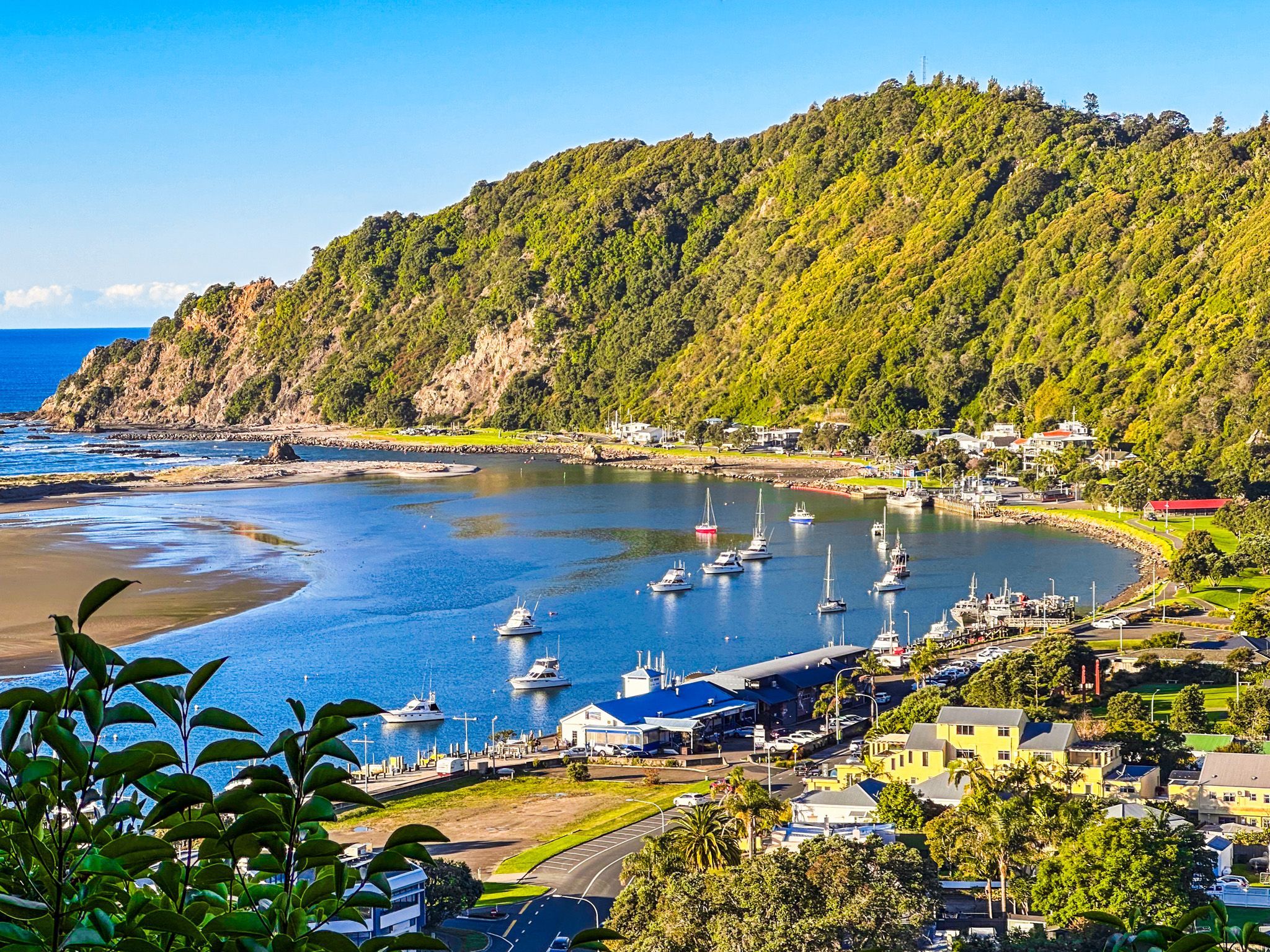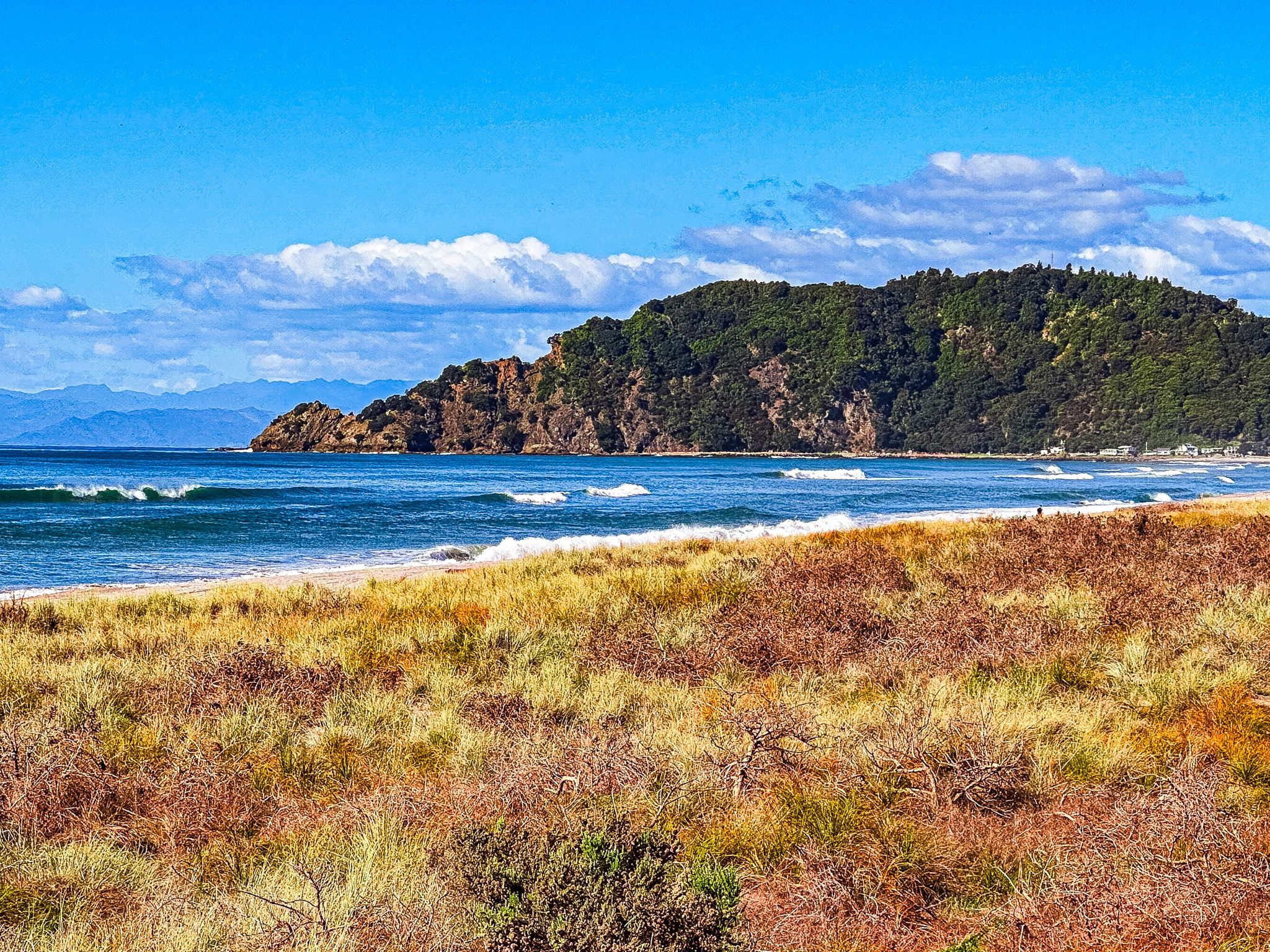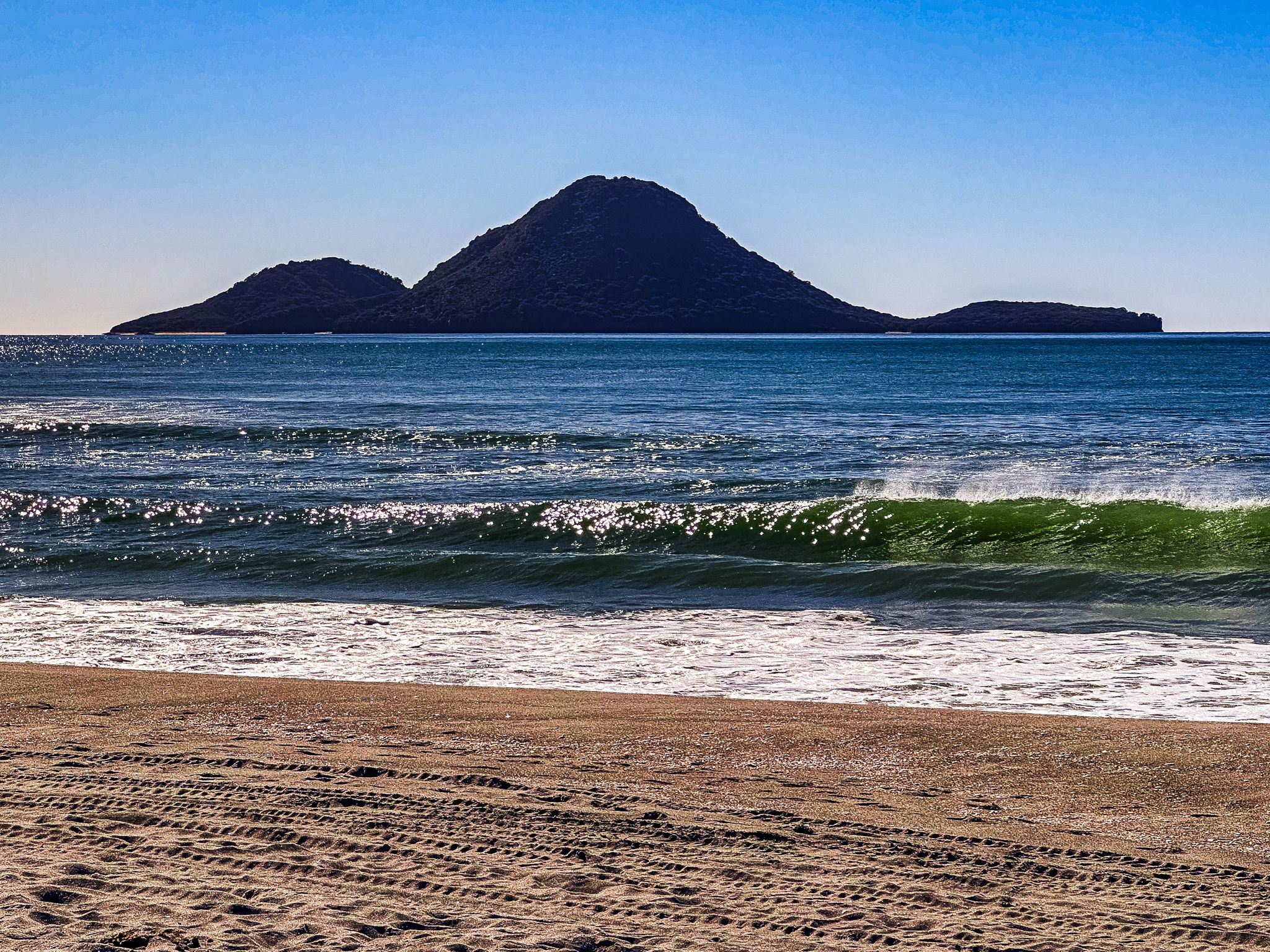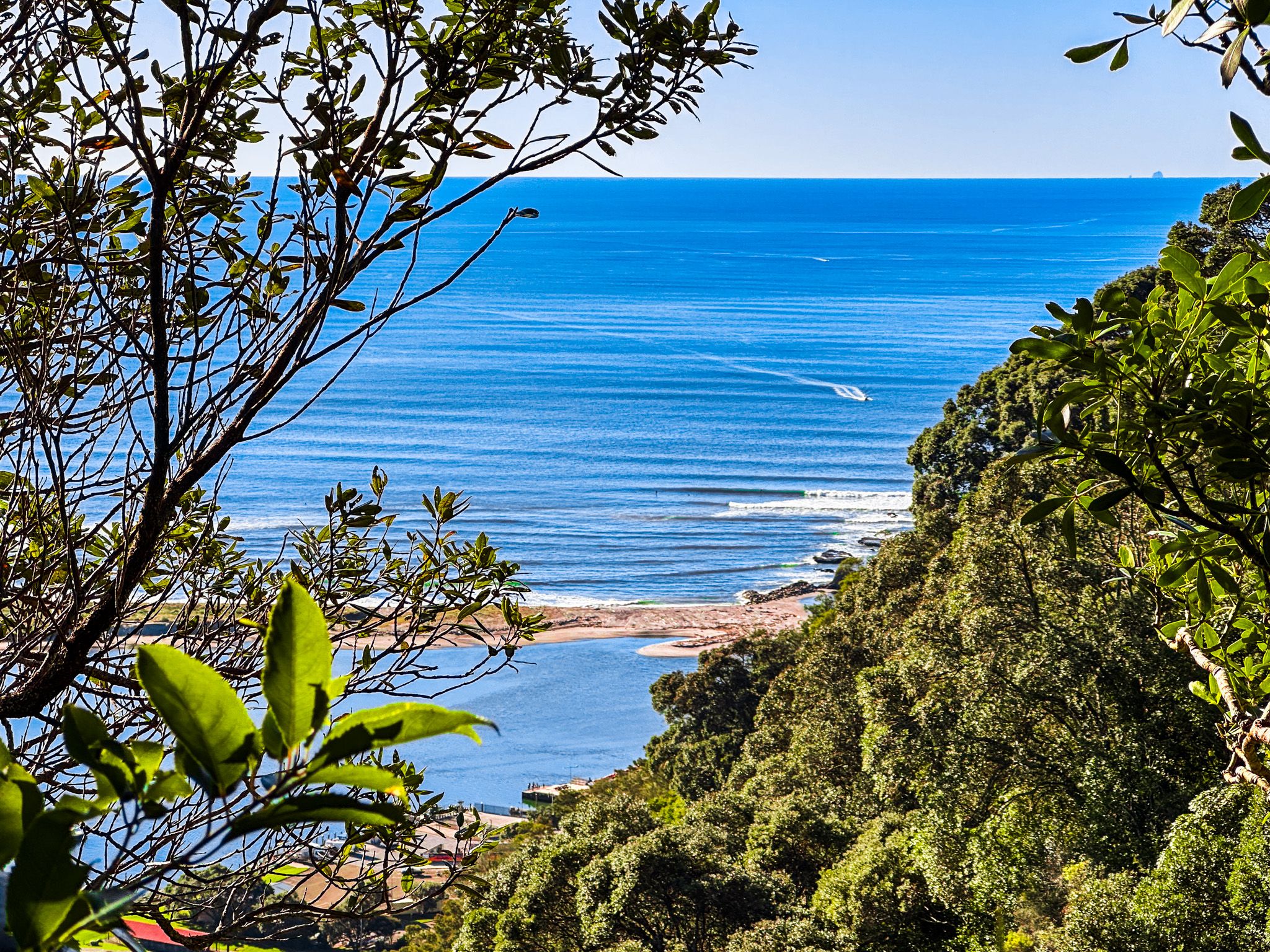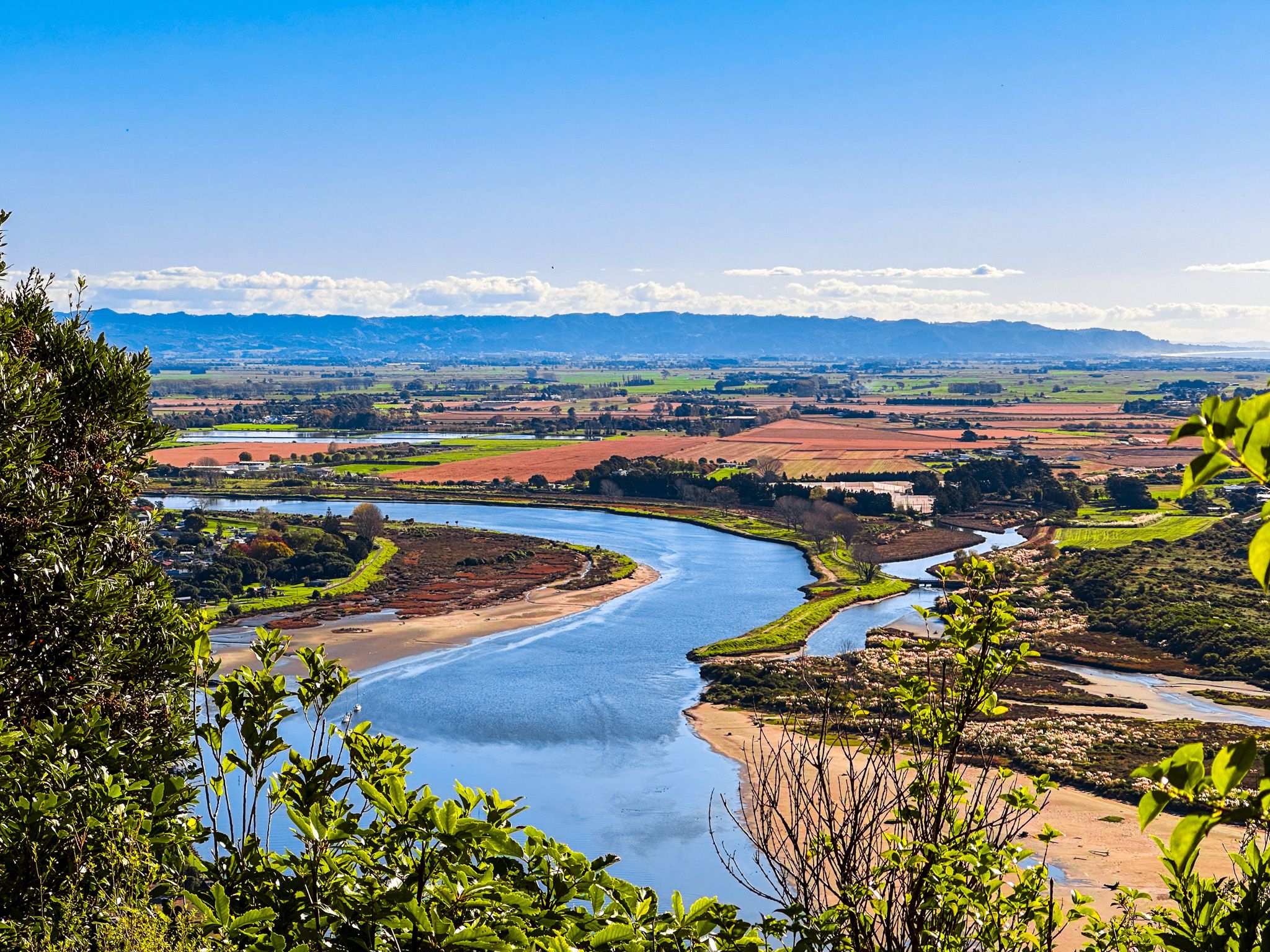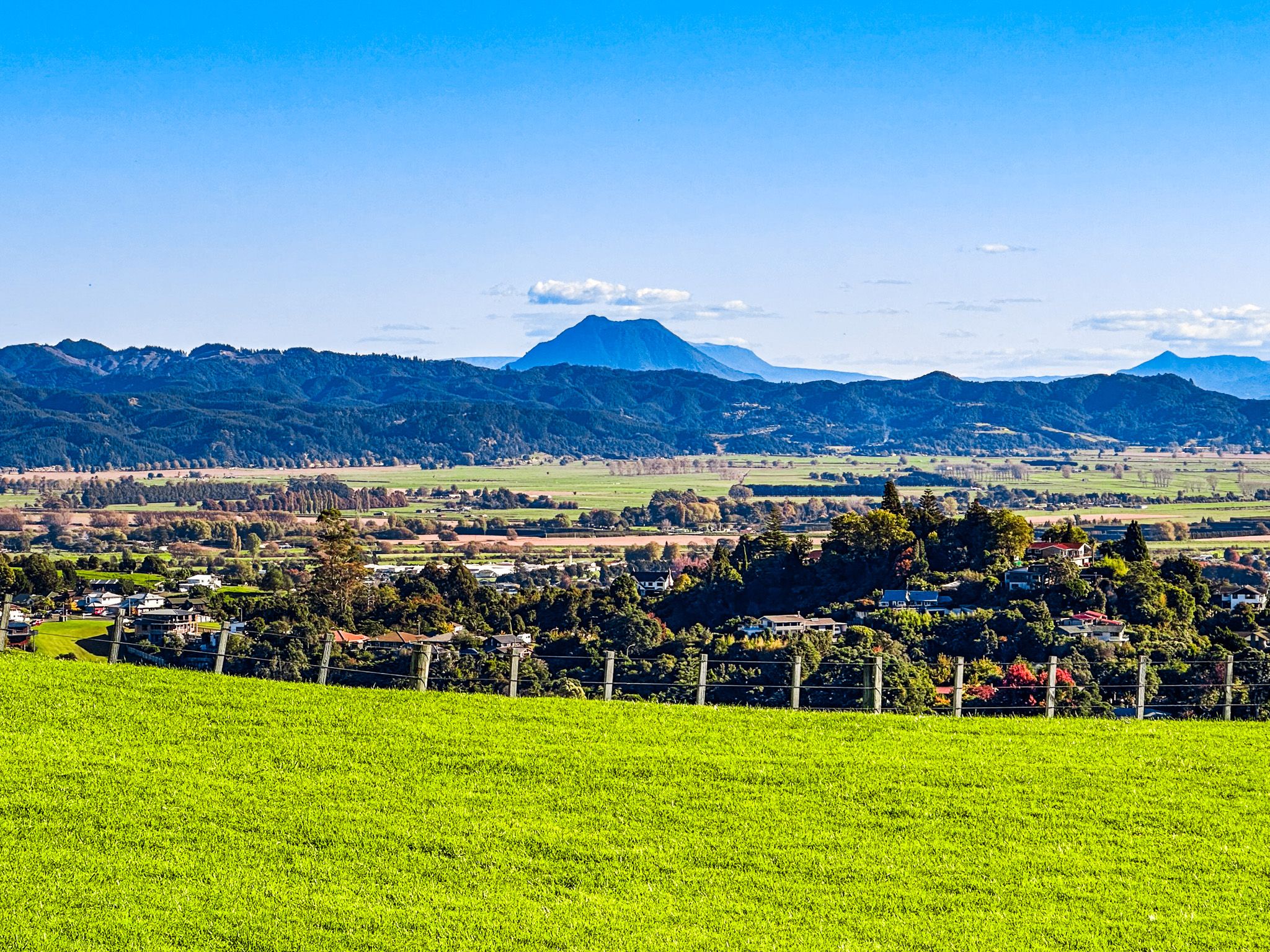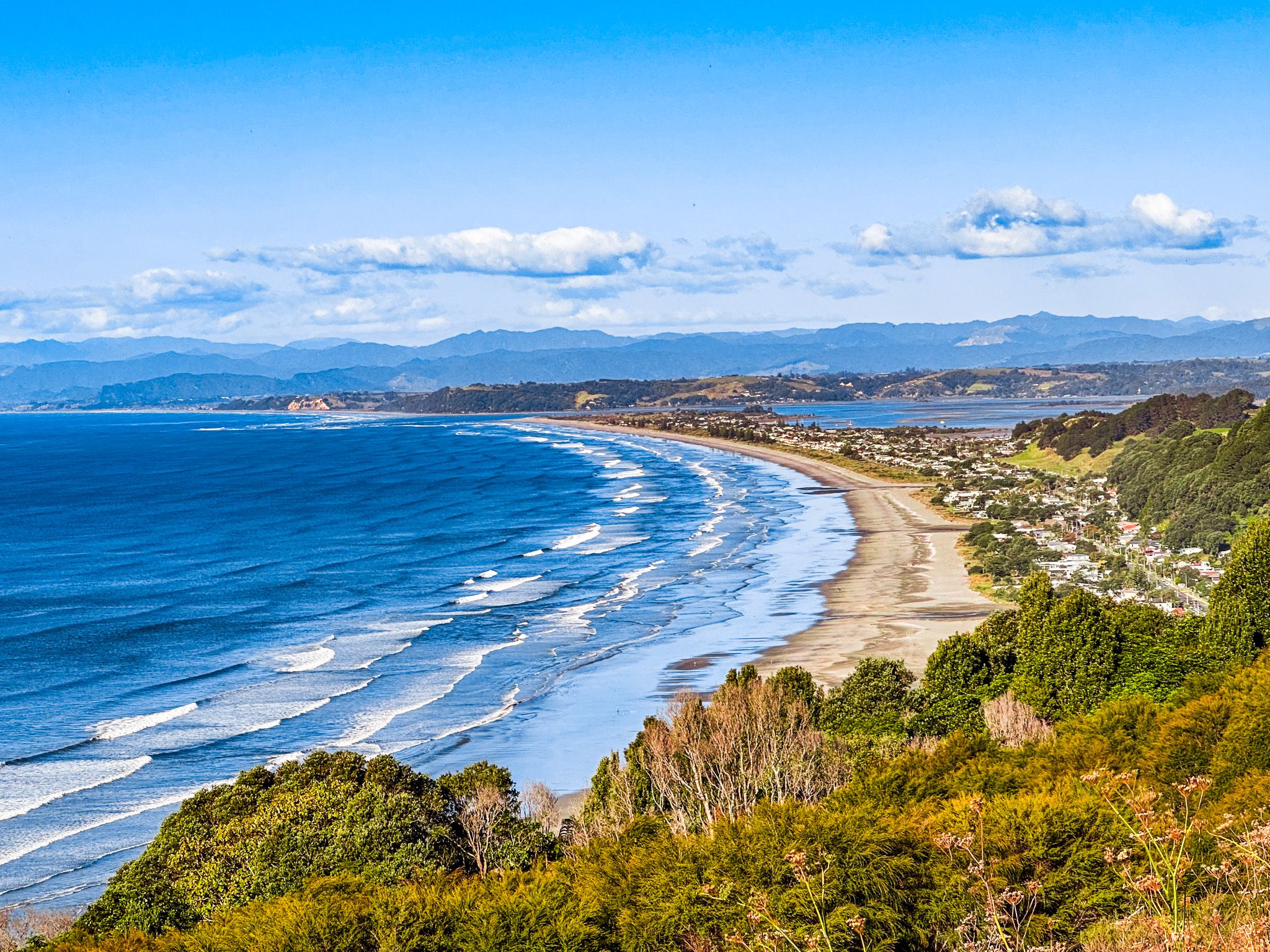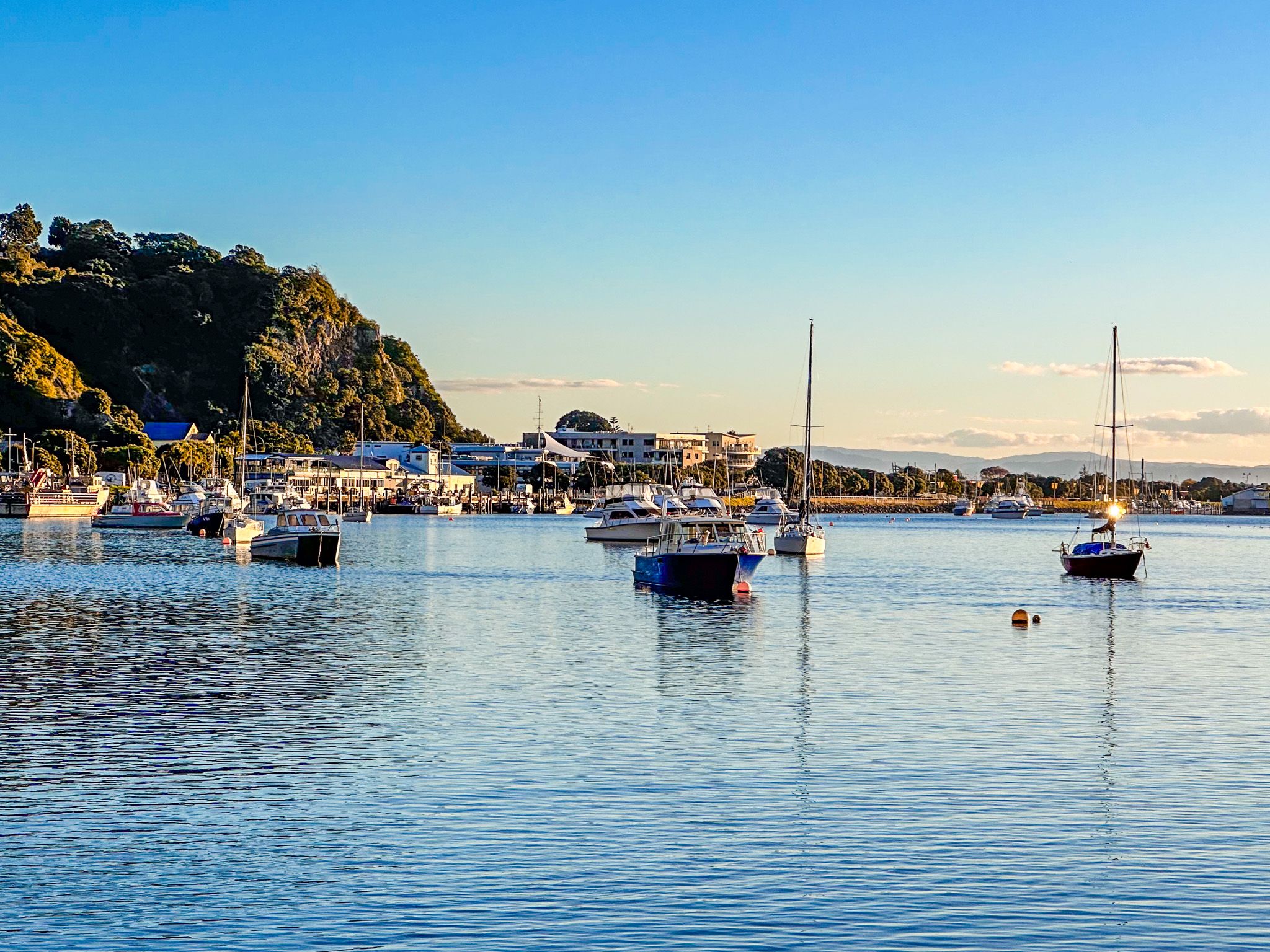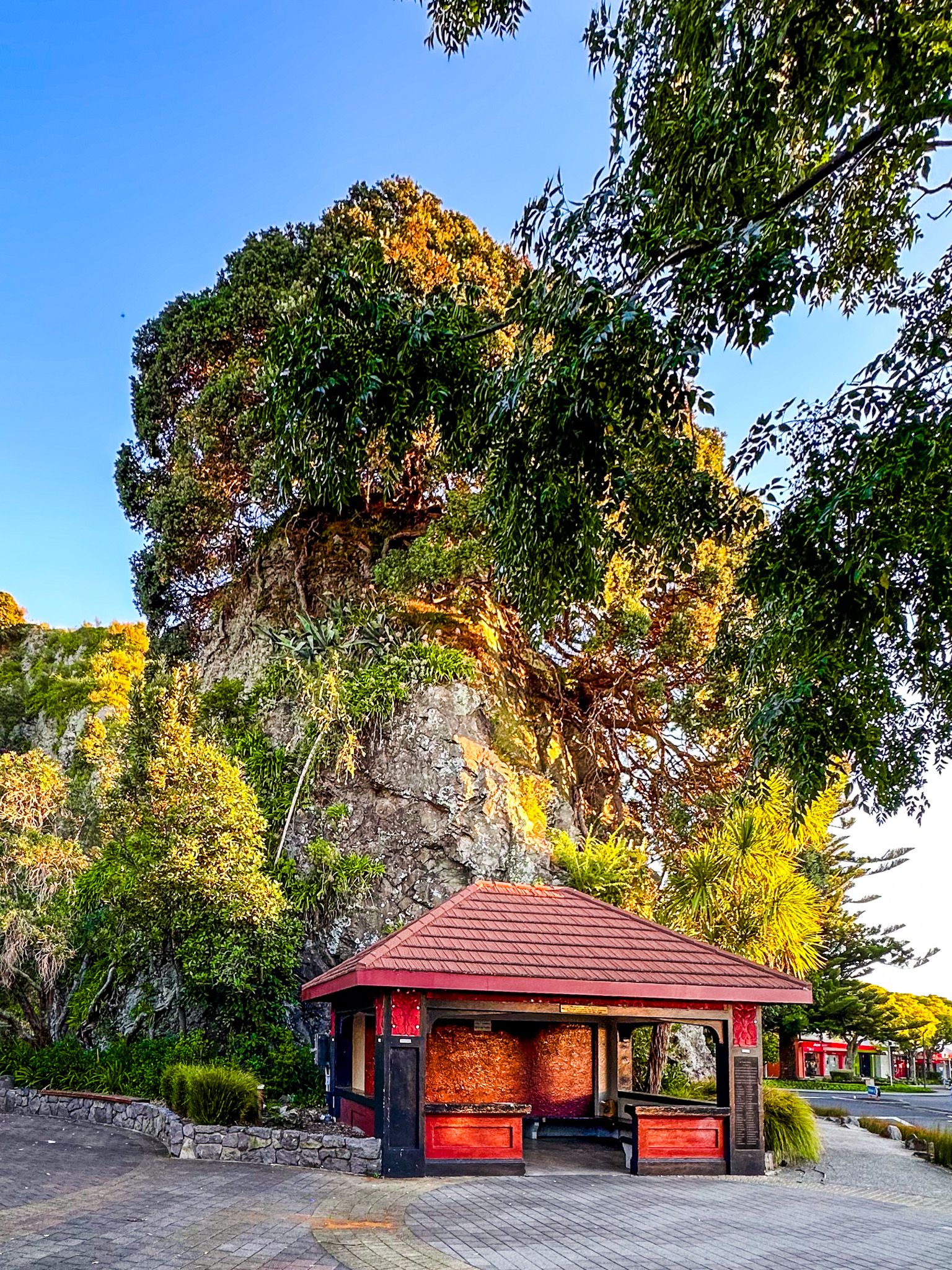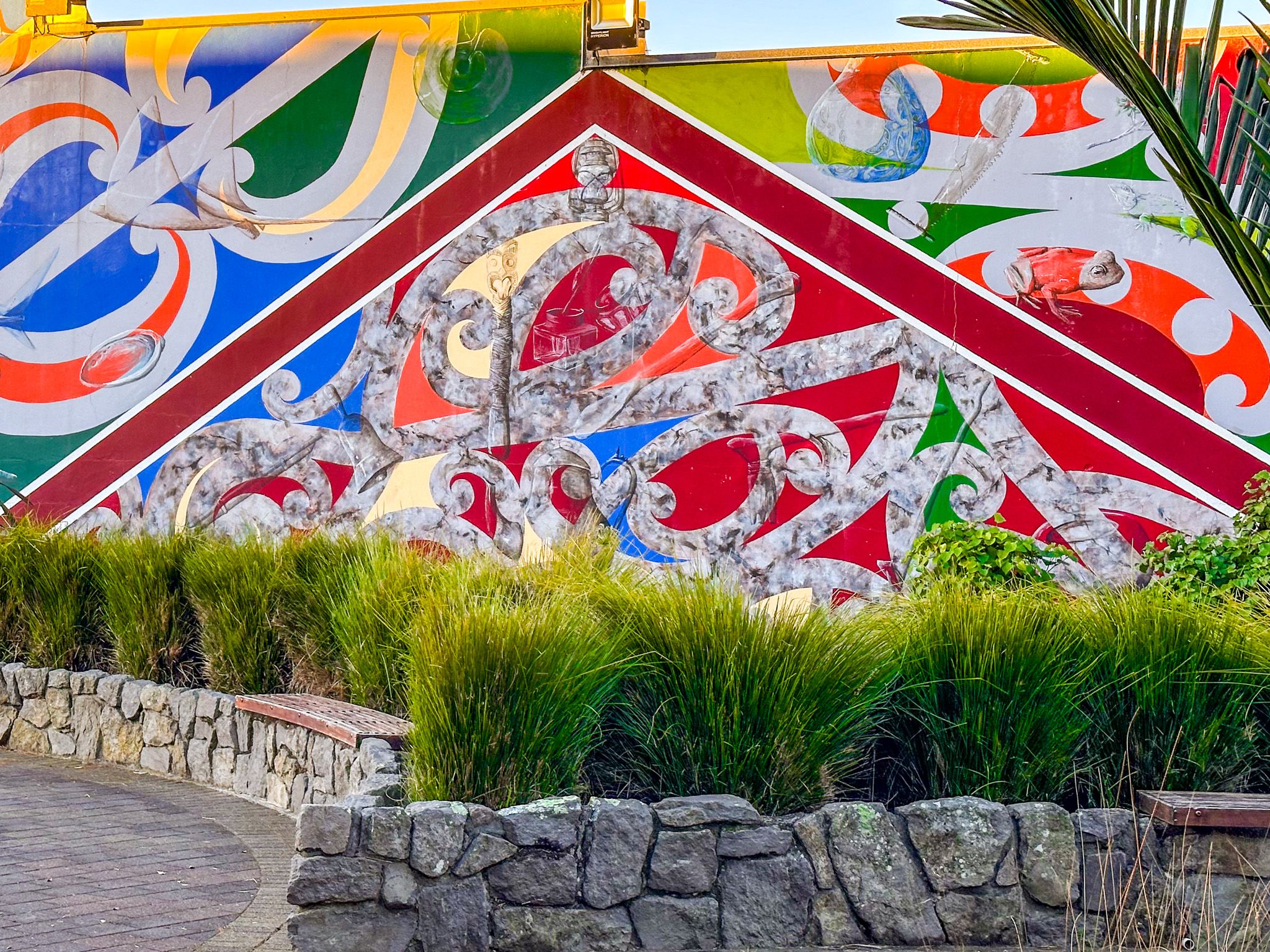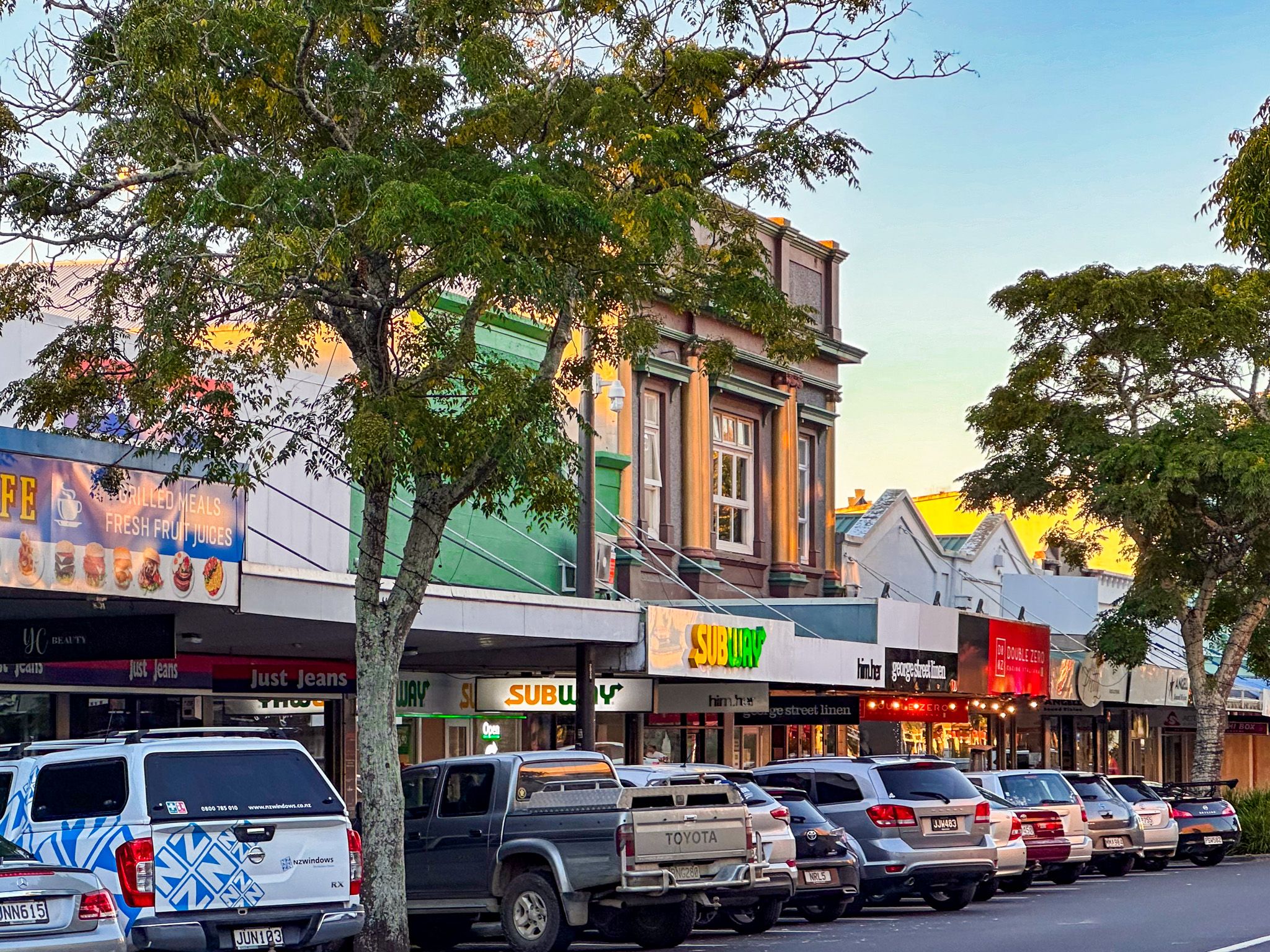Whakatāne is an attractive coastal town at the east end of the Bay of Plenty at the mouth of the Whakatāne River. The town sits between a deep curve in the river and Whakatāne Heads, which separates Whakatāne from Ōhope. It is big enough to have a full range of services and is a popular summer holiday destination.
The Whakatāne River mouth also forms a harbour with boat access. It is marked by the stunning statue of Wairaka, arguably the most heroic representation of an early historical figure in Aotearoa. It is an easy walk or bike ride along the river and back through the town to prominent, historic Pohaturoa Rock.
On the west side of the river mouth, there is a superb, long surf beach accessible from Coastlands. On the east side of Whakatāne Heads is Ōhope Beach, regularly rated as one of the best in New Zealand. In addition, there is the superb Ngā Tapuwai o Toi, a loop track that links Whakatāne and Ōhope via Kohi Point.
The town is 90 km east of Tauranga via State Highway 2 and 89 km northeast of Rotorua via State Highway 30. It is also a gateway for trips around the remote East Cape region to Gisborne. Whirinaki Te Pua-a-Tāne Conservation Park is within the wider Whakatāne District and accessible via Galatea and Kopuriki Roads to Murupara.
Whakatāne is also one of the earliest areas settled by Māori. Tīwakawaka is said to have arrived around the time of Kupe, with his people being the region's first inhabitants. He was followed by Toi-te-Huatahi, who is reputed to have landed around 1150 and established Kapu-te-rangi pā on Whakatāne Heads.
Another explorer from Hawaiki, Irakewa, visited the area after Toi. He returned home and told his son Toroa to look for a place on the coast with a waterfall (Te Wairere), a cave (Te Ana o Muriwai) and a rock (Te Toka o Irakewa). Toroa took his family, including his daughter Wairaka, to Aotearoa on the ocean-going waka Mataatua. On arrival, the men went to explore, leaving the women on the waka, which broke anchor and started to drift. Women were barred from paddling, but Wairaka broke the tapu, saying "Kia Whakatāne au i ahau" ("I will act like a man") and the waka was saved, hence the name Whakatāne. Ngāti Awa people are descended from the Mataatua and maintained possession of the region until the late1860s.
European contacts were relatively light up to the 1860s. Unfortunately, a consequence of the NZ Wars and the government attacks on Taranaki and Waikato was the creation of Pai Mārire, established by the self-proclaimed prophet Te Ua. This added a religious imperative to Māori resistance. By the mid-1860s, the movement was attacking missionaries and murdered Carl Volker in nearby Opotiki. Ngāti Awa established an aukati (a ban) demanding that government forces stay out of Whakatāne in the search for the murderers. However, the government sent James Fulloon, part Ngāti Awa, on the cutter Kate to establish a pro-government militia. Some in the iwi had sympathies with Pai Mārire, and locals killed Fulloon and two of his crew. The schooner was burnt in Whakatāne Harbour.
Te Ua was captured by the combined government and Māori forces in early 1866 and taken to Auckland. He was released and died later that year. For Ngāti Awa, the consequences were much more severe, and they were subjected to collective punishment. The government invaded their territory, backed by a Te Arawa iwi militia. The result was the confiscation of 99,000 hectares around the Whakatāne region. The resulting Treaty of Waitangi grievances were finally settled in 2003.
In 1869, the warriors of another self-proclaimed prophet, Te Kooti, attacked Whakatāne, which was becoming a mixed European and Māori settlement. The small town was razed, and several people were killed before the government and Māori militia drove off Te Kooti’s forces. Te Kooti continued to be a threat for several years, but he, too, was ultimately pardoned and left alone to preach. At least Ngāti Awa was not blamed a second time.
Today, a feature of this beautiful town is its acknowledgement of its Māori heritage. Over 40% of the population has Māori ancestry, and there are numerous examples of their history and stories around the town and on the Ngā Tapuwai o Toi Track.
